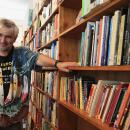Critic at Large David Kipen on El Segundo in literature
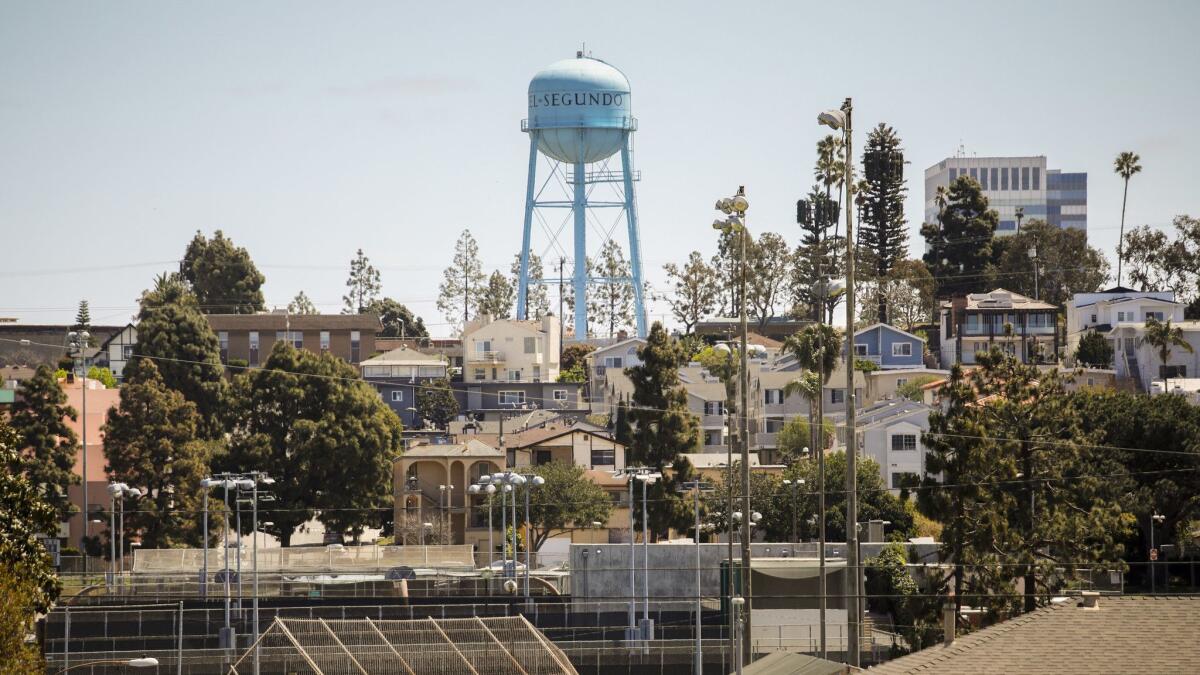
News flash: Next year the Los Angeles Times Festival of Books is moving to Venice Pier.
Kidding. Kidding.
The Times announced plans last week to relocate from its storied 1st Street home downtown to El Segundo, just south of LAX and across the street from — but not in — the city of Los Angeles. This move has historic ramifications for both El Segundo and Los Angeles, the latter a town famously cloven along a razor-wired border that, somehow, nobody has ever quite pinpointed.
I’m a native Angeleno, and El Segundo has long been one of my very favorite local hamlets. The New York Times called it “the suburbs” last week, as if it were some sort of seaside Santa Clarita. In fact, El Segundo’s own local newspaper turned 100 fully seven years ago. Forgive me for encouraging New Yorkers’ endearing habit of seeing every place as a failed version of itself, but would they call Coney Island “the suburbs”?
Locally, where it counts, news of the move has met with a mix of hand-wringing and retroactive omniscience. Before we bookfolk start rending our garments too, first let’s check the literary record. What have good writers written about El Segundo?
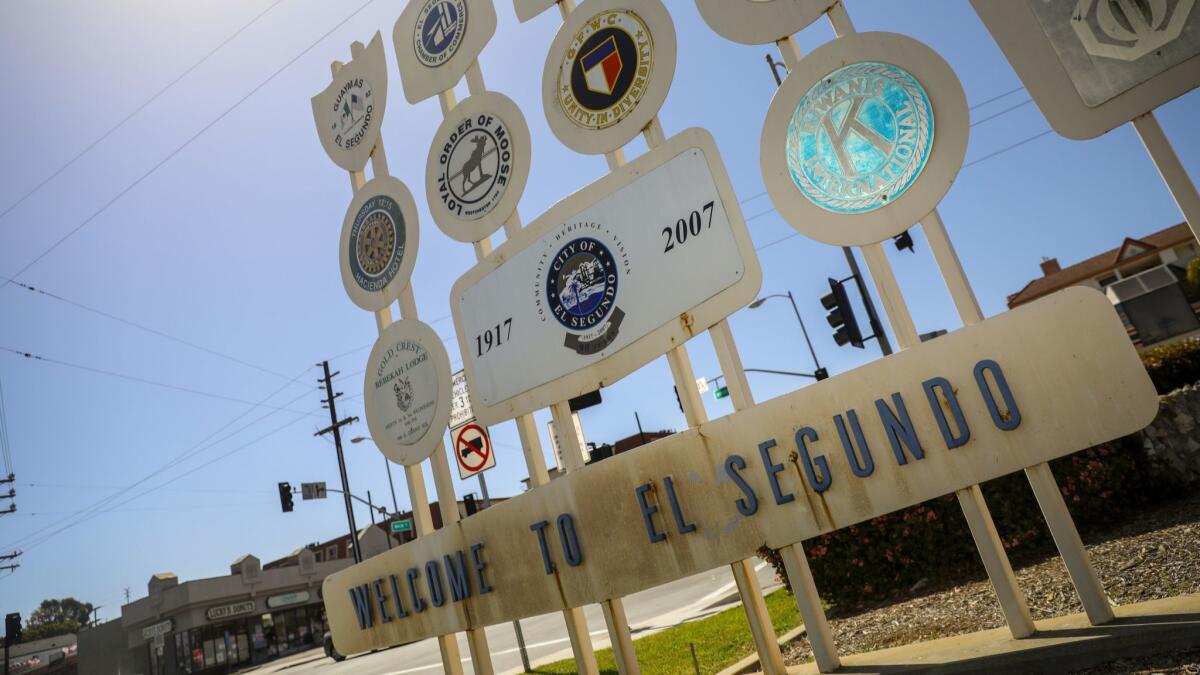
At first glance, the literary history of El Segundo would not appear to be the longest shelf in the library. The L.A. Central Library’s sacred geographical “California Fiction Index” — subject of the first feature I ever wrote for this paper! — shows only three novels set even partly in El Segundo. None of them has had much of an afterlife except Manhattan Beach native Daniel Riley’s “Fly Me,” and that only came out last year.
Fascinating topic, the dispersal of fictional settings. My brother the epidemiologist could probably apply for actual grant money to plot on maps which parts of any region get immortalized in literature and which don’t. Me, I’d rather read books than tabulate them.
Still, does a dense concentration of novels correlate with high income because a working-class Virginia Woolf doesn’t have time to write “Mrs. Dalloway”? Or do novels track more closely with lower incomes because most writers are broke? And who says writers can only write about where they live, anyway?
Come to think of it, isn’t Los Angeles an outlier because — thanks grudgingly to Hollywood — writers around here like Raymond Chandler, Nathanael West, John Fante and Joan Didion could actually get paid?
And, just by the way, might an epidemiological study finally prove that the best predictor of future masterpieces, as opposed to current literary production, is a decent library within walking distance of school?
The “locale index” of my trusty “Annotated Bibliography of California Fiction, 1664-1970,” a book I found at a Sacramento library book sale and still don’t fully believe I’m holding, shows almost 300 novels just about Hollywood. That’s more even than all the books about Los Angeles. And for El Segundo? Zilch.
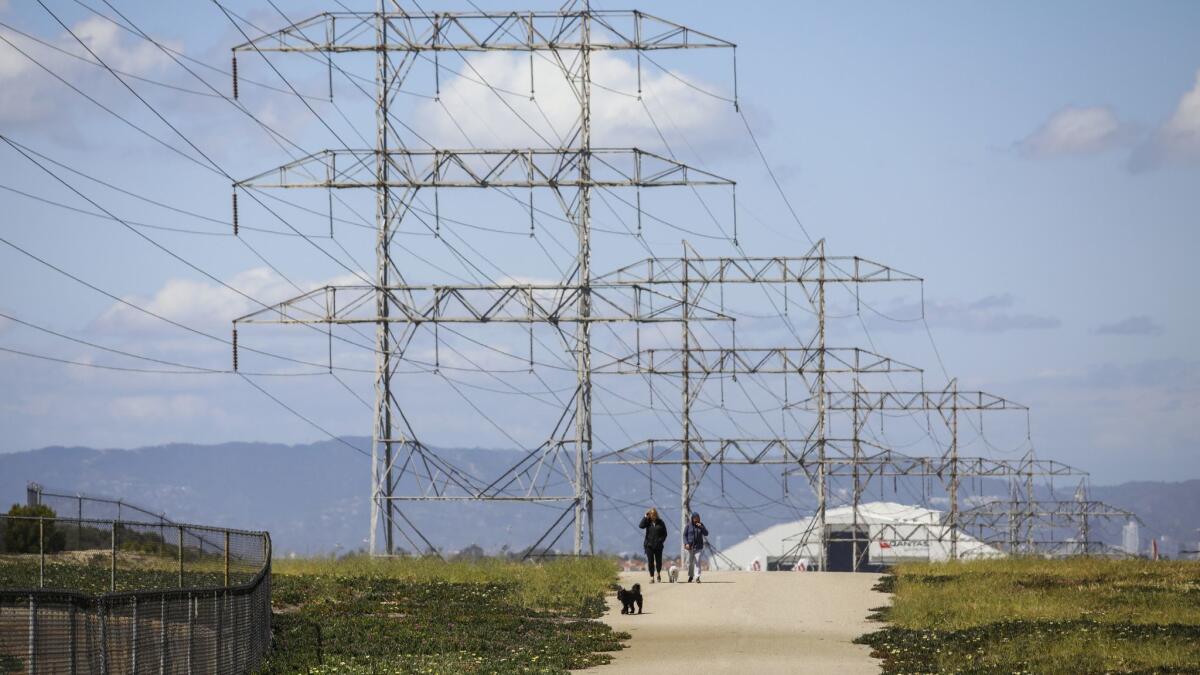
It’s unclear whether the Herculean editors of the “Annotated Bibliography” — published intriguingly up in the tiny Gold Country town Georgetown, Calif. — understood that Hollywood is actually in Los Angeles, or that El Segundo isn’t. Few enough Angelenos do.
Writers don’t make the search terms any easier, either. Chandler turned Santa Monica into Bay City. Thomas Pynchon transformed the Manhattan Beach area into Gordita Beach.
Pynchon lived in the neighborhood during the ’60s and wrote just about my favorite novel there, “Gravity’s Rainbow,” plus its smartass-genius kid brother, “The Crying of Lot 49.” His 2009 novel “Inherent Vice” has this to say about Gordita’s next-door neighbor to the north :
Spike himself had been growing obsessed with the El Segundo oil refinery and tanks just up the coast. Even when the wind here cooperated, Gordita was still like living on a houseboat anchored in a tar pit. Everything smelled like crude. Oil spilled from tankers washed up on the beach, black, thick, gooey. Anybody who walked on the beach got it on the bottoms of their feet. … Denis, for example, liked to let it just accumulate till it was thick as huarache soles, thereby saving him the price of a pair of sandals.
You may be sure that the El Segundo Chamber of Commerce phrases it differently in its brochures.
And now we come to El Segundo’s other notorious claim to fame, the Hyperion Water Reclamation Plant. “Brave New World” author Aldous Huxley, who lived in L.A. from 1937 until his death a quarter of a century later, called this sewage treatment plant the “miracle of Hyperion.” In a cheerfully disgusting essay about the place, he once recounted his, Thomas Mann’s and their wives’ discovery of thousands of flushed condoms while beachcombing along the strand.
Anna Sklar, in her fluent study of the Los Angeles sewer system, “Brown Acres,” pumps out two theories for how the Hyperion plant got its name. The first concerns Moses Sherman, a pioneering L.A. railroad magnate. This former schoolteacher was developing a nearby tract he’d named Shakespeare Beach, so he christened its Red Car stop after a Greek god mentioned in Hamlet. Another theory, she writes, is that Sherman chose Hyperion because he was the “offspring of Uranus.”
State-of-the-art advances in reclamation have all but banished Hyperion’s old stench. Now only the engine roar from LAX keeps El Segundo’s many lovely Craftsman bungalows within reach of whatever passes for the middle class anymore.
Because of El Segundo’s proximity to the airport, passengers screaming across the sky may soon see The Times’ familiar black-letter Gothic signage staring back from its new eight-story HQ.
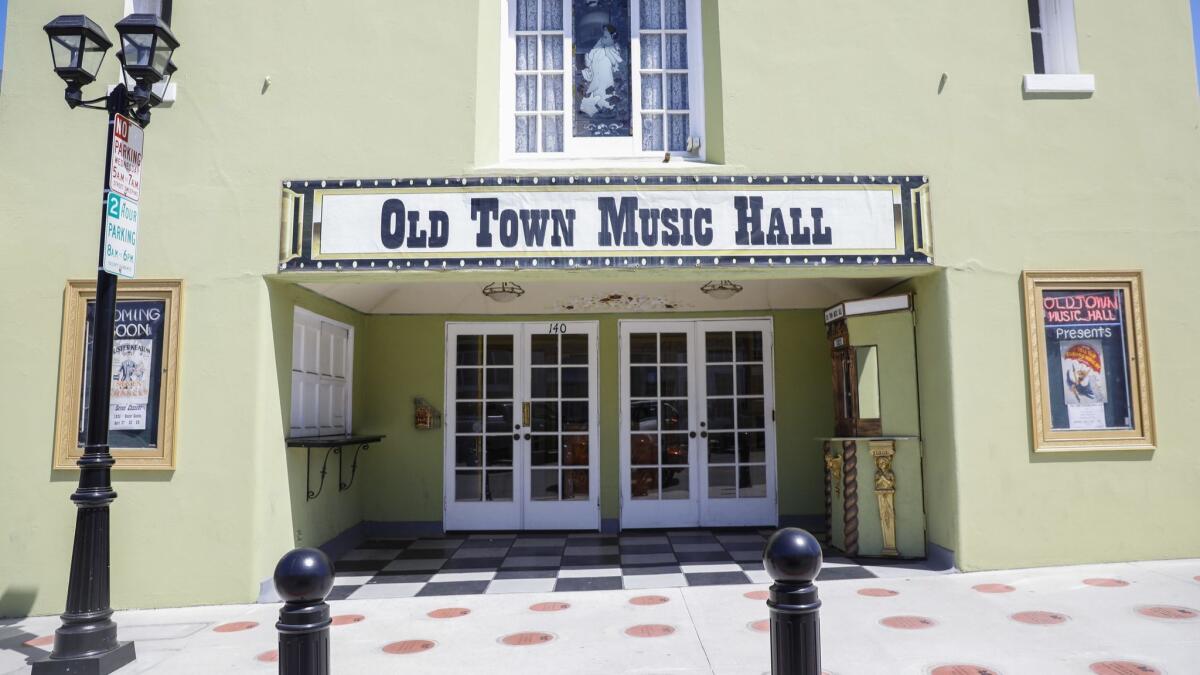
But neither the Boeings nor the resurgent El Segundo blue butterflies can match the magic of El Segundo’s most underappreciated amenity, the Old Town Music Hall. This classic pre-Talkies neighborhood picturehouse up on Richmond Street overlooks a warehouse district, which tends to overlook it right back.
Souls who venture inside on weekends discover a tiny, cash-only bijou that offers a hand-Xeroxed calendar full of classic movies, ragtime concerts and cartoons, most preceded by a few tunes on its “Mighty Wurlitzer” pipe organ. This prodigious, impeccably maintained contraption has all the bells, whistles, horns and glockenspiels of the traditional organ — and it’s painted in all the lysergic colors of the Day-Glo rainbow.
Disoriented Times staffers, stupefied in the sunshine, could do worse than check out a matinee of “Mr. Smith Goes to Washington” at the Old Town Music Hall during the first weekend in May. So long as Jean Arthur’s silvery, sexy treble will still shout, “Can you print it up and spread a billion copies? Swell!,” the romance of newspapering isn’t dead yet.
Even before The Times’ announcement, Eastside and West were already about to take their biggest leap closer since the opening of the Santa Monica Freeway on Jan. 5, 1966. When Metro’s Regional Connector subway adjustment through downtown opens in a few years, you’ll be able to get from Boyle Heights to El Segundo and back in half the time, and on one train instead of three. Then what happens to all our cherished preconceptions about those people — rich or poor, shallow or hip, pasty or dusky?
The border of Los Angeles used to run north-south near the Farmers Market between the 405 and La Brea. Then over the years, the whole idea of dividing the city along a vertical axis became increasingly ridiculous, not least because it left South L.A. and the Valley pretty much off the graph.
Gradually, near where 1st dead-ends into Croft, this scarlike border shrank to a freckle. Over the years, the city wheeled drunkenly around it, finally rising like an accelerating tetherball before levitating completely.
Now with at least this border a thing of the past, more and more of L.A.’s best authors may yet write about all sides of town — just as some of California’s best, like Pynchon and Didion, have chronicled more than just one end of the state.
With the literary history of El Segundo, as with the literature of the entire region, the smart money says we ain’t seen nothin’ yet.
Kipen is the founder of Libros Schmibros lending library in Boyle Heights and former NEA director of literature. His next book, “Dear Los Angeles: The City in Diaries and Letters, 1542-2018” will be published by Modern Library in November.
Kipen will appear at 11 a.m. Saturday at the Festival of Books, interviewing journalist Jorge Ramos.
More to Read
Sign up for our Book Club newsletter
Get the latest news, events and more from the Los Angeles Times Book Club, and help us get L.A. reading and talking.
You may occasionally receive promotional content from the Los Angeles Times.



